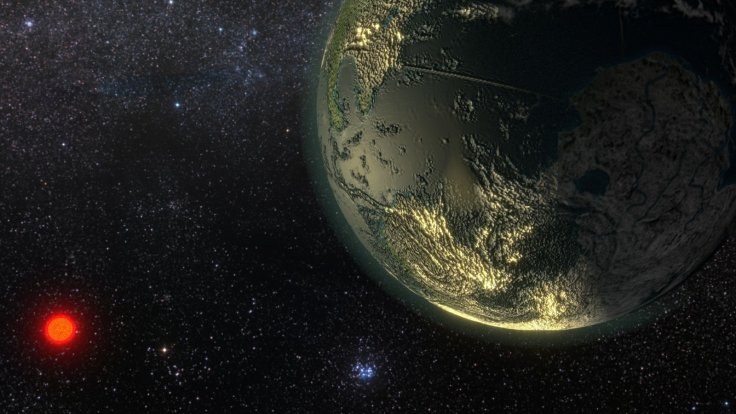In a mind-blowing development, NASA's alien-hunting telescope TESS (Transiting Exoplanet Survey Satellite) has discovered a distant planet that currently orbits a pair of stars. Scientists have named this planet 'TOI 1338b', and it is located almost 1300 light-years away from the earth. Initial analysis of this planet revealed that it is seven times larger than the earth, and it has a size somewhere between Saturn and Neptune.
An alien world with two suns

During the research, scientists found that the TOI 1338 system lies in the Pictor constellation. Interestingly, TOI 1338b is the lone planet in this system, and it orbits the pair of stars every 90 to 93 days. Experts at NASA revealed that the two stars which are part of this system orbit one another every 15 days.
It should be noted that the planet status of this space body was confirmed by a teenager named Wolf Cukier, who worked as an intern with NASA after completing his junior year at Scarsdale High School in New York.
As a part of his internship with the United States space agency, Cukier was initially asked to manually go through pictures flagged by the public that could result in the finding of fluctuation, which may be indicating the presence of a planet.
"I was looking through the data for everything the volunteers had flagged as an eclipsing binary, a system where two stars circle around each other and from our view eclipse each other every orbit. Three days into my internship, I saw a signal. At first, I thought it was a stellar eclipse, but the timing was wrong. It turned out to be a planet," said Cukier in a recent statement.
Exoplanet with three suns
A few months back, NASA's TESS had spotted an exoplanet with three suns. After making the discovery, scientists revealed that its close proximity to the earth could be an indication that the space body could turn out to be a potential candidate in discovering alien life.
Scientists named this exoplanet 'LTT 1445Ab', and it is located almost 22.5 light-years away from the earth. This exoplanet is three times bigger than the earth, and it has a temperature of about 320 degrees Fahrenheit.









